Celebrate National Wildflower Week by learning a few of the unique wildflowers you might see on a National Forest near you. While we can't list all of our favorites, here are a couple to get you started:
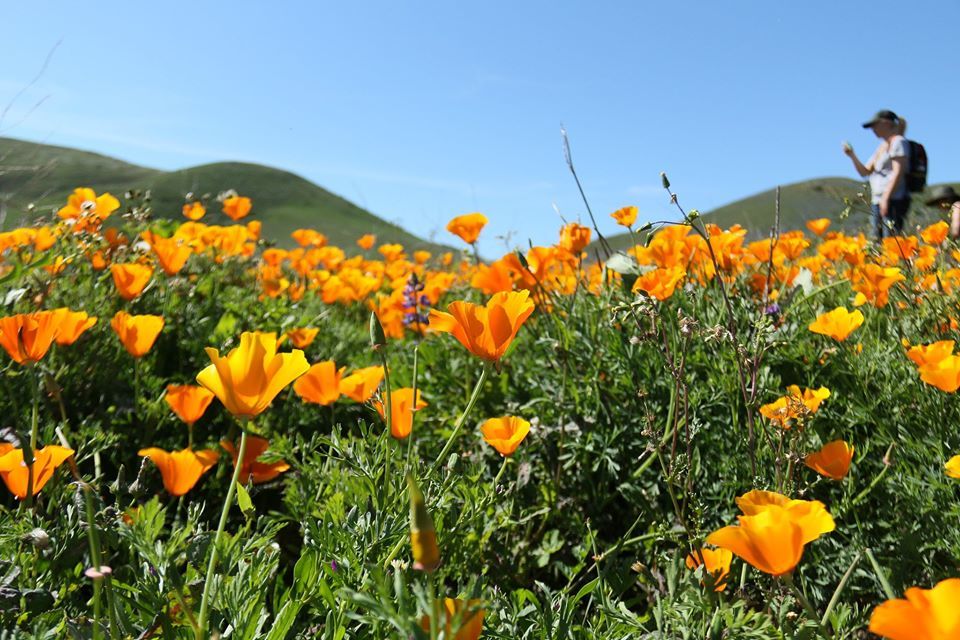
California Poppy
California poppy, also known as the Dedal de Oro (thimble of gold) is the state flower California, but can also be found in open grassy places throughout the United States. Most recently recognized in this spring’s California super-bloom, the California Poppy displays stunning, bright orange petals. The flowers of the poppy close each night and on cloudy days. Depending on the climate, elevation, and soil quality, the California poppy may flower year-round or different seasons based on the conditions.
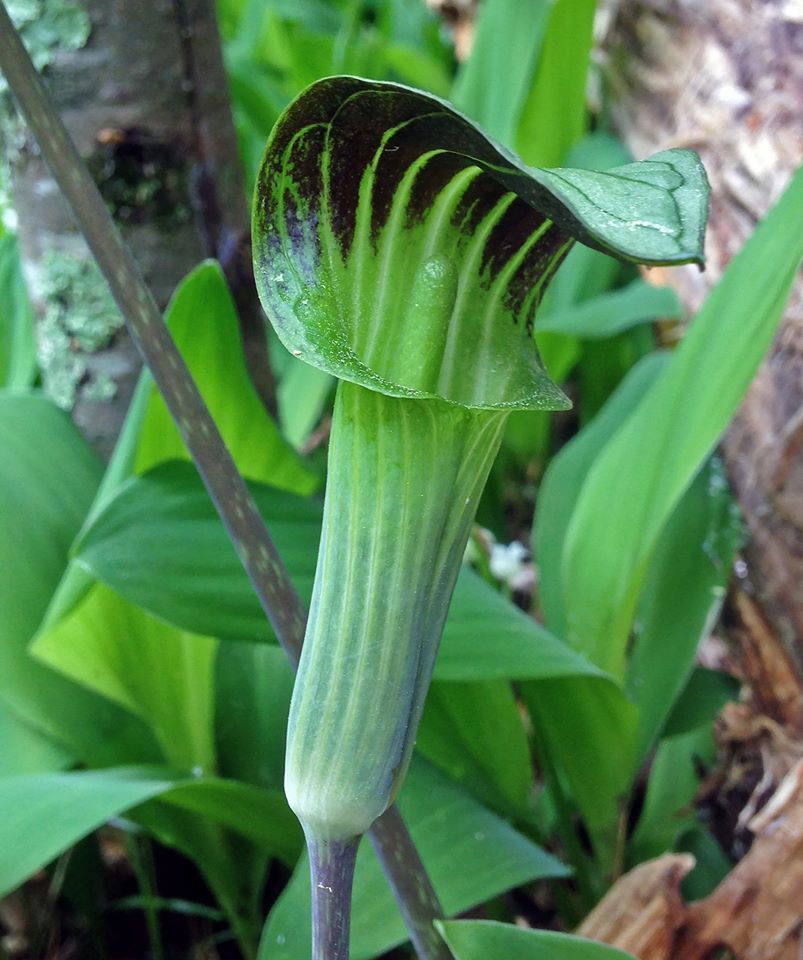
Joanna Gilkeson - U.S. Fish and Wildlife Service
Jack-in-the-Pulpit
Jack-in-the-Pulpit flowers during the spring, commonly in April to June. This perennial, which lives up to 25 years, was named because the flower looks like a boy standing on a pulpit. Though uniquely beautiful, be careful when coming into contact with this wildflower – the plant contains calcium oxalate that can irritate skin. Find Jack-in-the-Pulpit flowering in eastern National Forests – they are commonly found in moist woodlands, floodplains and deciduous forests.
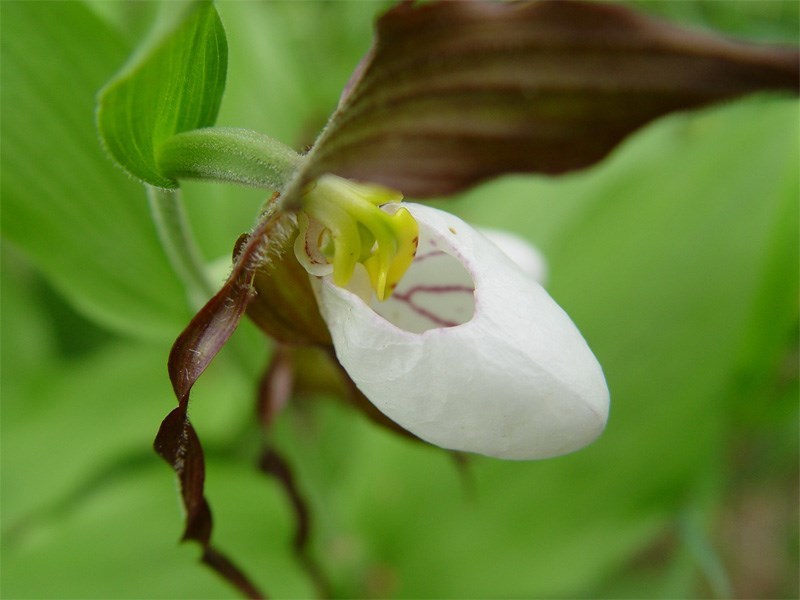
Nan Vance - U.S. Forest Service
Lady Slipper
There are more than 12 species of Lady Slipper Orchids native to National Forests. Their genus name, Cypripedium, references Aphrodite (Cypris) and sandal (pedilon) – fitting for the orchid’s pouch that resembles a shoe. From the Mountain Lady's Slipper (Cypripedium Montanum) to the Spotted Lady's Slipper (Cypripedium Guttatum), Lady Slipper species differ according to the region and can be found throughout the United States. They often bloom in early to mid-spring.
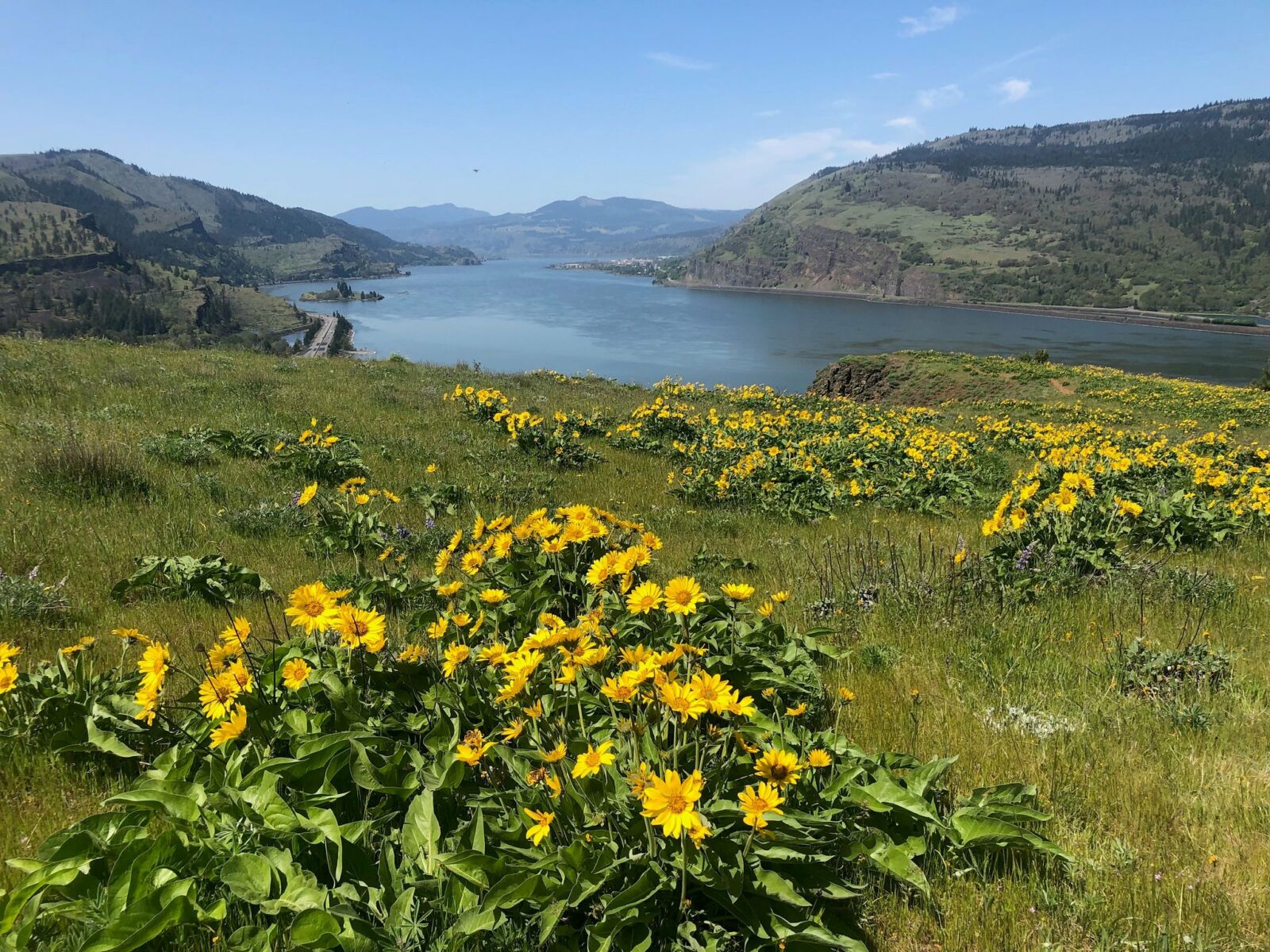
Sophie Steckler - U.S. Forest Service
Arrowleaf Balsamroot
Arrowleaf Balsamroot, part of the sunflower family, is common in the Rocky Mountain West. You’ll likely see bright yellow Balsamroot blooms in mountain fields or conifer forests. Known for its thick and deep taproot, nearly all parts of this plant were traditionally used as food in Native American tribes. Balsamroot flowers peak in May and June.
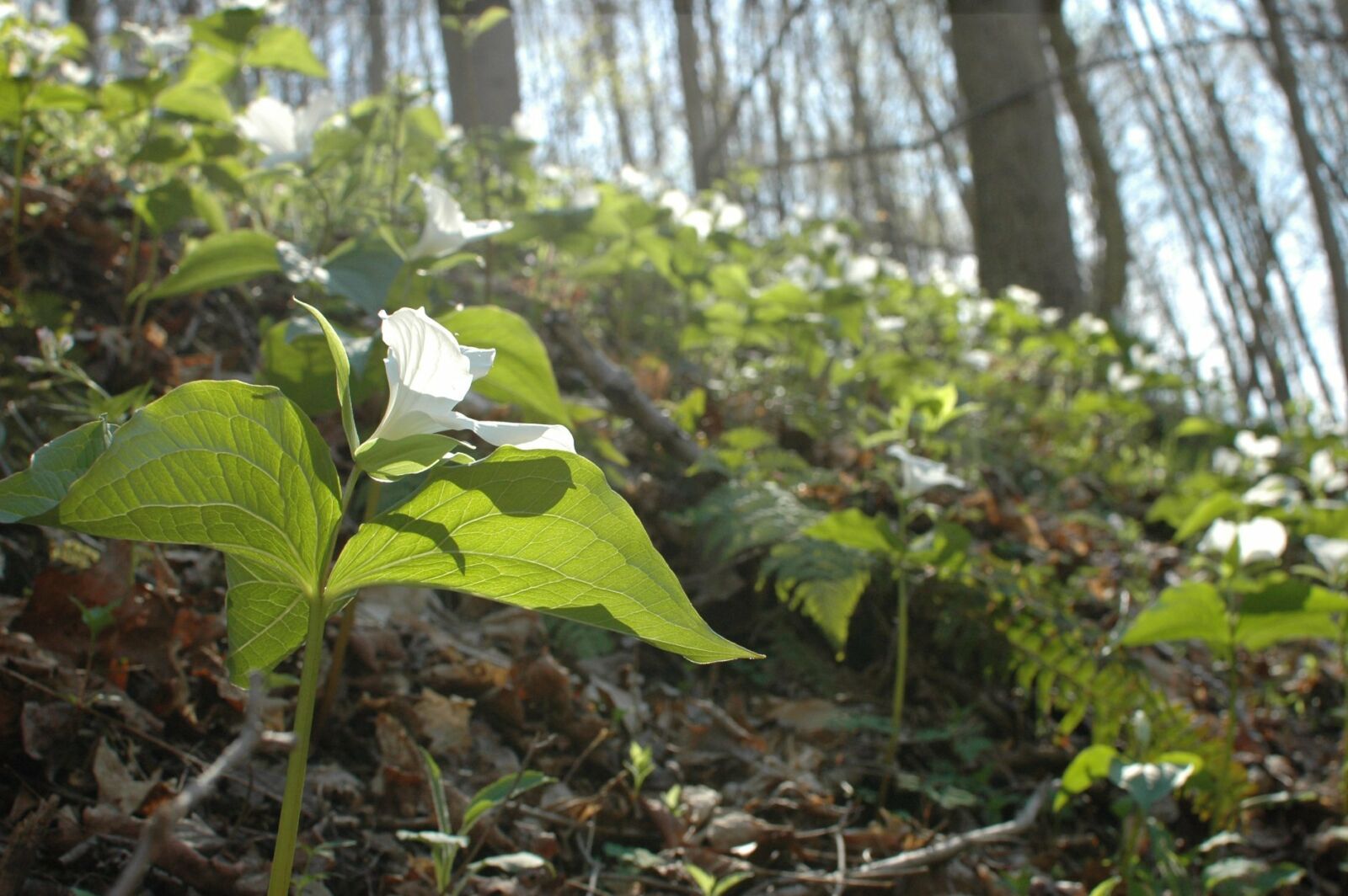
Trillium
Did you know there are 43 species of Trillium worldwide and 38 represented within the United States? Trilliums have three petals, three sepals and belong to the lily family. Most species bloom in late spring – oftentimes in May!
Because there are so many different species, you may see Trillium in many regions around the country. Sweet White Trillium (Trillium Simile) is popular in our southeastern and Appalachian National Forests. Common in the Pacific Northwest is the Western White Trillium (Trillium Ovatum).
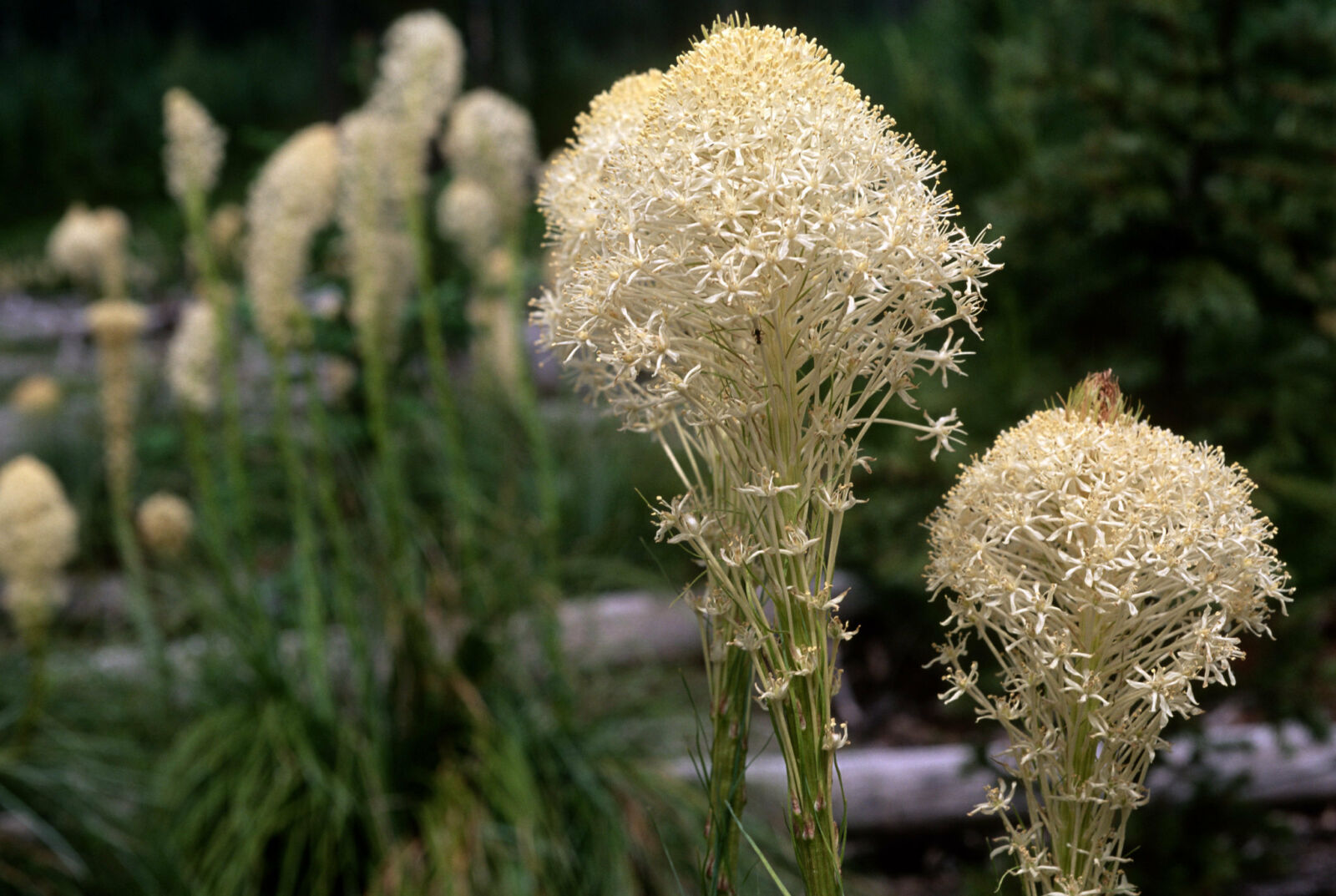
Beargrass
Beargrass is a stunning wildflower found in subalpine meadows and coastal mountains throughout the Western United States. Despite its name, its not a grass nor do bears eat it! Beargrass grows from a rhizome and can grow up to five feet in height. When conditions are ideal, widespread and abundant beargrass blooms occur. Blooming can begin in late May in lower elevations and continue into August at higher elevations.
What is your favorite wildflower?

